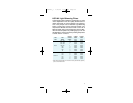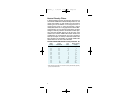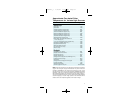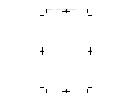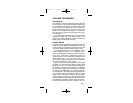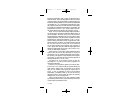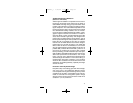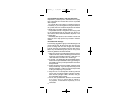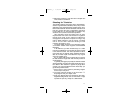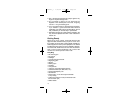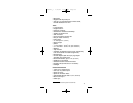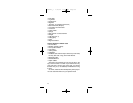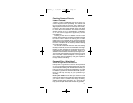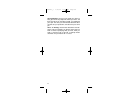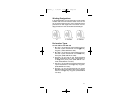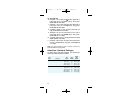17
6. Wind films emulsion in and store flat in untaped cans
under the above conditions.
Shooting for Te l e v i s i o n
The television industry is changing. New, advanced stan-
d a rds for high-definition television (HDTV) will put more
demands on the cinematographer. Despite all the uncer-
tainties associated with the new standards, indications are
that film remains the ideal, independent origination
f o rmat. With film, you have the ability to transfer to any
e l e c t ronic format, without conversions pro b l e m s .
Film origination format and aspect ratio are more
important than ever before. Film choices for origination
include 16 mm, super 16 mm, and 35 mm. When cine-
matographers and producers compose the image, they
need to decide whether to use the current 4:3 aspect
ratio or 16:9 for HDTV. Some are shooting 4:3 and
p r otecting the edges for 16 : 9 .
The most widely used films in the television industry
a r e KODAK VISION Color Negative and EASTMAN
EXR Films.
In all likelihood, your film will still end up on a video
f o rmat for broadcasting. An important part of this pro c e s s
is the telecine transfer. This critical pro c e d u re must be
p e rf o r med with the highest quality standards because,
after all, the video output of the telecine is only as good
as the film transfer input.
So, no matter what format or aspect ratio you choose,
the best television images start with the best practices in
c i n e m a t o g r a p h y .
In general, photography expressly for television re l e a s e
should avoid high-contrast scenes and scenes with impor-
tant details in dark shadows or against very bright back-
g r ounds. The recommendations below should help you
get the best possible results.
1. Always have a white re f e rence (something brighter
than a face) in every shot.
2. The white re f e rence should not be more than 1
1
⁄2
stops brighter than your subject’s face.
3. Keep your subjects away from windows or other high-
brightness backgrounds, such as white walls or larg e
expanses of open sky, except for a desired effect.
033text_c 1/16/02 11:07 AM Page 63



